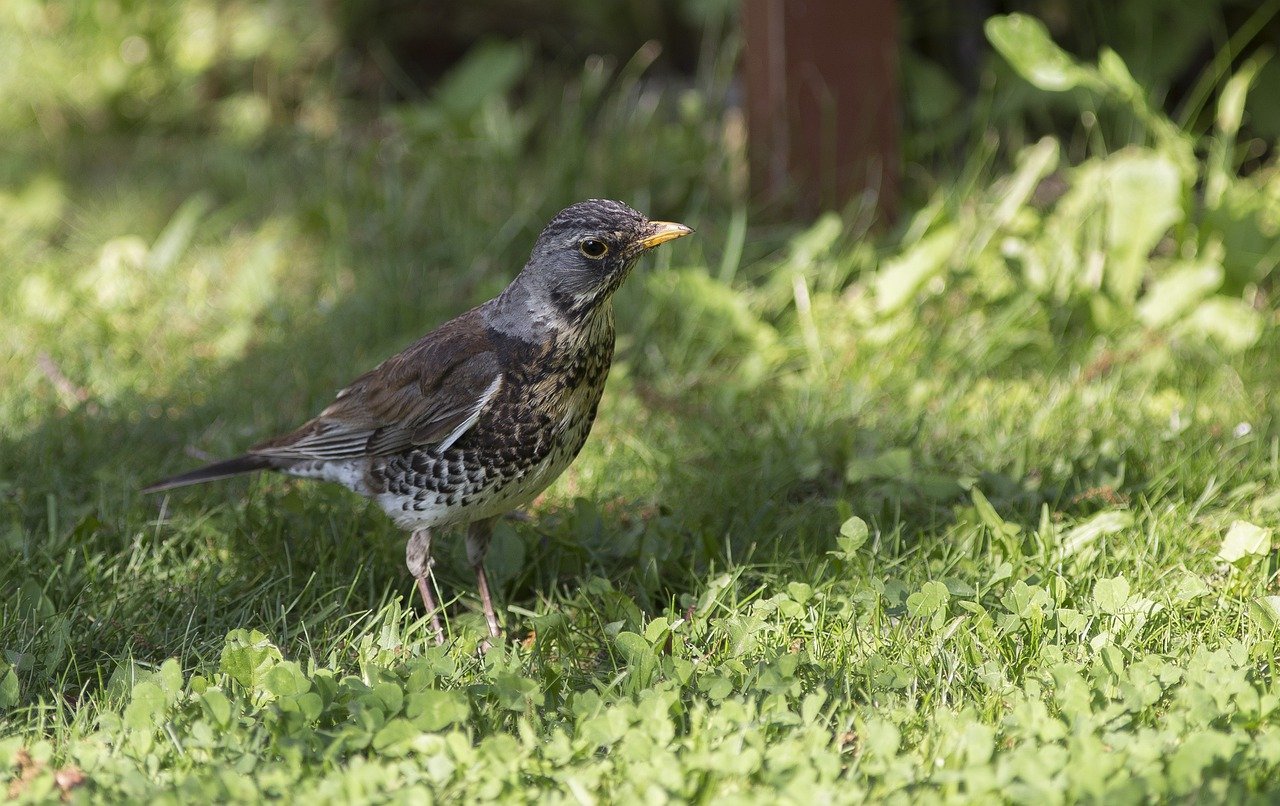Breeding performance of the Fieldfare Turdus pilaris in the subalpine birch zone in southern Lapland: a 20 year study
DOI:
https://doi.org/10.34080/os.v18.22679Keywords:
breeding biology, egg-laying time, breeding success, population studies, population demographics, predator-prey interactionAbstract
A Fieldfare population, on average c. 160 pairs, was studied in subalpine birch forest in southern Lapland (c. 66°N; 500–600 m.a.s.l.) in 1983–2002. Onset of egg-laying showed no temporal trend, consistent with absence of spring temperature trend. Eggs were laid with an interval of c. 21 hours and 45 minutes, not 24 hours as normal in passerines. This reduces the exposure time to depredation during egg-laying with 9%. Egg hatchability was 96%. Egg parasitism never occurred. Depredation of nests was 46%, but very variable. Replacement and second clutches did not occur. Although an average of 4.45 young fledged from successful nests (≥1 fledgling), only 2.11 fledglings were produced per pair and year. The population varied without trend over the study period. Adult survival, estimated by the proportion of adults at the start of breeding, was 58%. This infers that first year survival must be at least c. 40%. Since this is a likely value, it seems that the Fieldfare population of the subalpine birch forest is selfsustained and not dependent upon immigration.
Downloads

Downloads
Published
How to Cite
Issue
Section
License
The copyright of each contribution belongs to the author(s), but all contributions are published under a Creative Commons license, so that anyone is free to share and reuse the contribution as long as the copyright holder is attributed.







